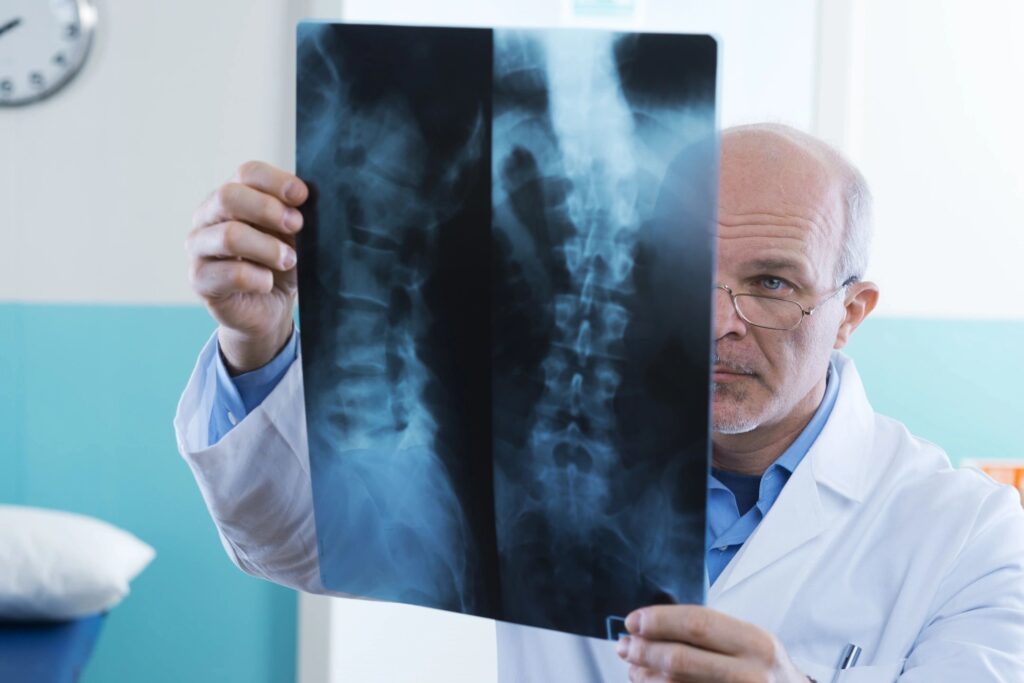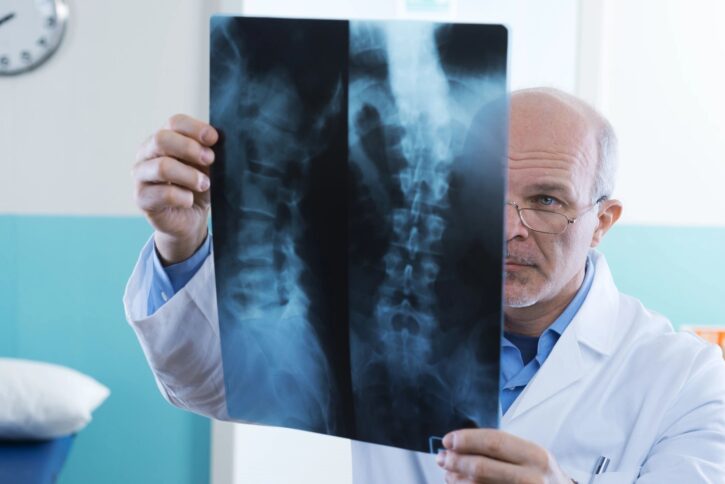
What Is Spinal Decompression Therapy
What Is Spinal Decompression Therapy?
Do you have lasting back pain or other related symptoms? You should understand how crippling back pain can be. You might be unable to function it’s so bad. Spinal decompression therapy might be able to help. Spinal decompression therapy can either be surgical or nonsurgical.
In this article, we’re discovering all there is to know about spinal decompression therapy. Continue reading to learn more about whether it might be for you.
 What Is Nonsurgical Spinal Decompression?
What Is Nonsurgical Spinal Decompression?
Nonsurgical spinal decompression is a type of motorized traction therapy that helps you relieve back pain. It shifts pressure from the spinal discs, and gel-like cushions between the vertebrae relieve pressure from each disc.
With prolonged pressure, these discs can begin to bulge or even herniate. With spinal decompression therapy, you can take pressure off the nerves and other structures in your spine. In turn, the therapy helps you promote the movement of water, oxygen, and nutrient-rich fluids to expedite healing.
Doctors have used nonsurgical spinal decompression to treat the following conditions:
- Back or neck pain
- Sciatica
- Bulging or herniated discs
- Worn spinal joints
- Injured or diseased spinal nerve roots
We need more research to determine the safety and efficacy of nonsurgical spinal decompression. Researchers must first compare spinal decompression to other alternatives. Other alternatives include:
- Nonsteroidal anti-inflammatory drugs (NSAIDs)
- Physical therapy
- Exercise
- Limited rest
- Steroid injections
- Bracing
- Chiropractic
- Acupuncture
How Is Nonsurgical Spinal Decompression Carried Out?
Patients are fully clothed during spinal decompression therapy. The doctor fits you with a harness around your pelvis and another around your torso. You can lie in either prone or supine and a mechanical table can adjust according to the position that’s most comfortable for you. A doctor will operate the computer and customize treatment to your needs.
Spinal decompression therapy might last 30-45 minutes and you might require 20-28 treatments over two months. You might have some additional types of treatment to accompany your spinal decompression therapy. These can include electrical stimulation, ultrasound, and heat or cold therapy.
Who Should Not Receive Nonsurgical Spinal Decompression Therapy?
As with any other medical treatment, potential patients should ask their doctor if it is safe for them to receive nonsurgical spinal decompression therapy. Those with fractures, tumors, abdominal aortic aneurysms, advanced osteoporosis, or metal implants in the spine should not receive spinal decompression therapy.
What Is Surgical Spinal Decompression Therapy?
Surgical spinal decompression is another option for treating certain types of back pain. But it is usually used as a last resort. If other measures don’t work, your doctor may suggest surgical spinal decompression for bulging or ruptured disks, bony growths, or other spinal problems. Surgery may help relieve symptoms from pressure on the spinal cord or nerves, including:
- Pain
- Numbness
- Tingling
- Weakness
Are There Different Types of Spinal Decompression Surgery?
Your doctor might recommend one of several types of back surgeries so you can relieve the pressure in your spine. You might also need to fuze vertebrae to stabilize your spine. The following types of surgery provide an overview of the most common types:
- Diskectomy- this procedure features removing a portion of the disk to relieve pressure from the nerves.
- Laminotomy or laminectomy: Surgeons remove a small portion of bone in this procedure.
- Corpectomy: Corpectomys involve removing a vertebral body along with the discs between the vertebrae.
What Are the Risks of Spinal Decompression?
All surgeries feature risks. However, these are some of the most common risks associated with spinal decompression surgery:
- Infection
- Bleeding
- Blood clots
- Allergic reactions to anesthesia
- Nerve or tissue damage
Another risk of surgery is that it might not work very well. It can also be difficult to determine who will benefit from spinal decompression therapy.
What Are the Causes of Back Pain?
Back pain results from many different causes. It can be so bad that it stops people from living a normal life. It can also be caused by a few different conditions, which include the following:
- herniated or bulging discs, often damaged discs in your spine start to bulge or deteriorate altogether.
- Degenerative disc disease is when the discs in your spine begin to deteriorate.
- Spinal stenosis is a condition that narrows the spinal canal.
- Osteoarthritis, a degenerative joint disease.
- Pinched nerve, often from compression or a pinching.
- Sciatica (lower back, hip, and leg pain)
The Effects of Back Pain
Back pain is nothing short of unbearable. You can miss work, social activities, and the hobbies you. Enjoy.
You can have a tough time enjoying everyday tasks, such as driving, cooking, and cleaning. And in severe cases, back pain can even make it difficult to walk or stand. The five most common benefits of spinal decompression therapy include:
Restored Movement, Mobility, and Function
Spinal compression therapy can improve range of motion and lead to fewer restrictions on your mobility. You might also be able to participate in activities and recreational sports without pain.
Pain Relief
Spinal decompression therapy can reduce pain, numbness, or tingling in your back, legs, and arms.
Further Degeneration Prevention
Spinal decompression therapy can prevent the discs and nerves in your spine from further deterioration. This is important because it will help you avoid surgery and other invasive therapies.
Nonsurgical Alternative to Surgery
Spinal decompression treatment represents a nonsurgical option for treating back pain. This eliminates the risk of infection or other complications associated with surgery. There might also be minor soreness after the treatment.
Affordability
Spinal decompression treatment is often more affordable than surgery. Other invasive treatments are more costly, and insurance often covers spinal decompression therapy.
Conclusion- What Is Spinal Decompression Therapy?
Spinal decompression therapy is effective for numerous back ailments, such as back pain, degenerative disc disease, osteoarthritis, and pinched nerves. One of the most enticing aspects of spinal decompression is the chance to help you avoid invasive therapies, such as surgery.
However, there is also surgical spinal decompression therapy. Regardless, you should always check with your doctor to see if you are eligible for spinal decompression therapy.






Interesting for all of us eith achy backs to learn about this
Thanks for posting this. I have bad bad back pain.
Thanks for this article. I have back issues and it gets confusing.
Thanks for this amazing post.